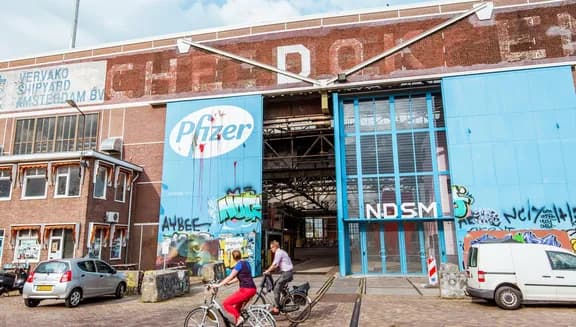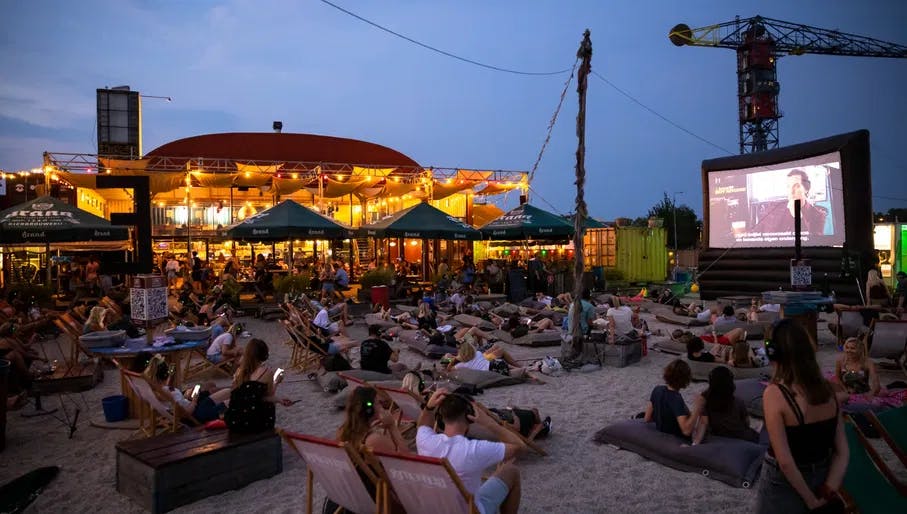
Things to do in NDSM
6 December 2025


NDSM takes its name from the former Nederlandse Dok en Scheepsbouw Maatschappij, a monumental merger of the Dutch Shipbuilding Company with several others, which formed one of the largest shipbuilders in the Netherlands. The company established its operations in the vast industrial site that would later evolve into the NDSM we know today. In the 19th century, the expansion of shipbuilding at NDSM supported an enormous maritime industry. The shipyard produced everything from commercial vessels, warships and freight carriers to be launched around the world. Things changed in the later half of the 20th century. Stifled by the oil crisis and reduced demand, the shipbuilding industry slowed down. The final blow came in 1984, when operations at NDSM ended for good. Its sprawling terrain, once teeming, was left quiet and unused, falling inevitably into disrepair.
Drawn in by the exciting potential (and cheap rent) of this disused space along the river, artists and students soon flocked to reclaim its empty spaces. Transforming former hangars and warehouses into homes and ateliers, the face of NDSM radically changed to reflect its new inhabitants. To preserve the site, Kinetisch Noord, an art foundation firmly rooted in the rebellious squatting spirit of the 1980s, became involved in 2001, and – with support from the city council – the area became one of Amsterdam’s official broedplaatsen (breeding grounds for creativity and experimentation). The NDSM was here to stay.



The shipyards may be long gone, but their industrial skeletons remain – NDSM is rife with cranes, warehouses and wide-open space now repurposed for flea markets, world-renowned festivals and art installations. These days, you’ll find locals thrifting at the massive IJhallen – the largest flea market in Europe – or sipping quality brews at Kometen Brood & Café on their way back from a visit to the STRAAT Museum, Amsterdam’s homage to street art.
There’s no one-size-fits-all formula at NDSM. Its hotspots are often multidisciplinary, serving many functions and appealing to all kinds of interests. Take Bar Next, a restaurant and bar that merges industrial with chic, or NDSM Fuse, a sprawling warehouse space that’s a hub for creatives and a popular gallery at once. And while NDSM is known for its striking architecture, there’s no shortage of natural beauty to be found amid the grit: from the sweeping waterfront views at Helling 7 to the vistas at the ever-popular Pllek with its recurring open-air film nights during the summer, complete with fire pits and blankets. It’s safe to say NDSM has seen it all: from industry to disuse, and from preservation to modern-day celebration.